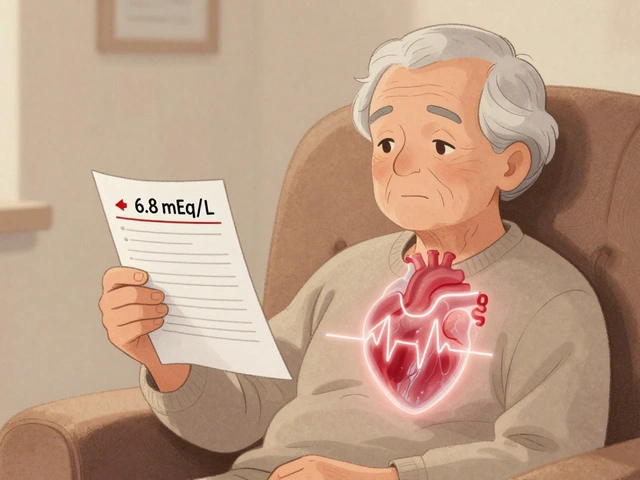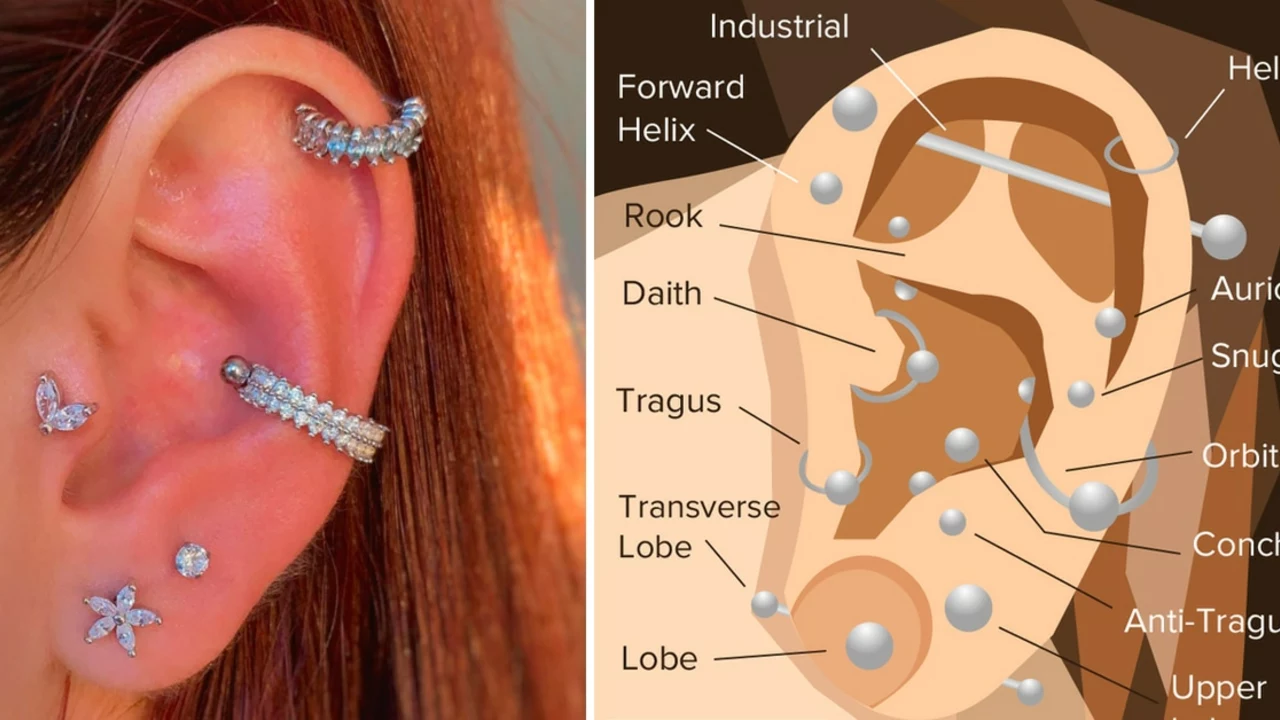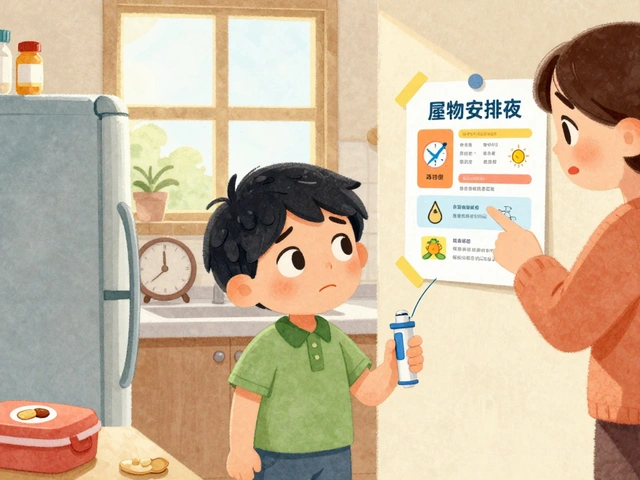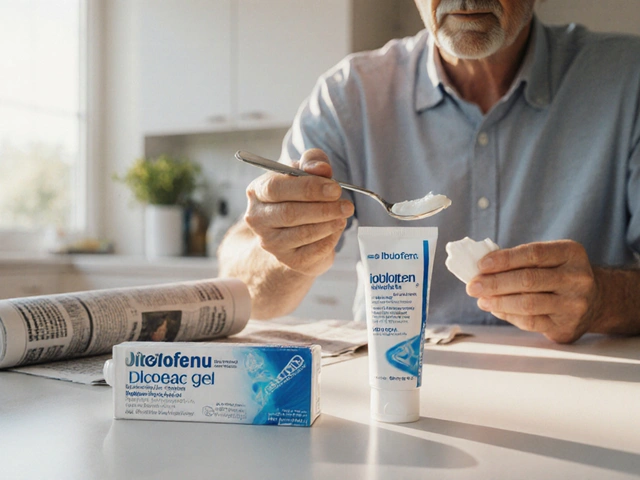Ear piercings: how to pick, care for, and avoid problems
Getting an ear pierced is common, but simple mistakes turn it into a week or months of trouble. Here’s plain advice you can use right away: choose a clean pro, pick the right metal, and follow a short aftercare routine. Do those three things and you cut the risk of infection, allergic reaction, and long healing times.
Choosing the right piercing and jewelry
Go to a professional piercer who uses single-use needles and sealed tools. Avoid gun piercings for cartilage — guns crush tissue and raise complications. Ask if the studio follows local health rules and uses a fresh pair of gloves.
Pick hypoallergenic metals: implant-grade titanium, niobium, or 14K+ gold are safest. Surgical stainless steel is fine for many people but can still contain nickel. If you’ve had a nickel allergy before, skip anything with nickel in it.
Think about placement: earlobes heal fastest (about 6–8 weeks). Cartilage takes longer — usually 3–12 months — and reacts more badly to pressure, bumps, or sleeping on it. Plan jewelry size and backing so there’s a little room for swelling at first.
Aftercare and spotting trouble early
Clean the area twice a day with a sterile saline spray or a salt-water soak (1/4 teaspoon non-iodized salt in 8 oz warm water). Don’t use hydrogen peroxide, alcohol, or strong antiseptics — they dry and delay healing.
Wash your hands before touching the piercing. Don’t rotate the earring unless your piercer told you to; moving it can irritate fresh tissue. Avoid pools, hot tubs, and heavy sweating for the first few weeks when possible.
Normal healing signs: mild redness, clear or slightly yellow fluid, and tenderness that improves each week. Warning signs that need a doctor: increasing pain, spreading redness, warmth, thick yellow/green pus, fever, or red streaks leading away from the ear. If you see these, get medical advice — some infections need prescription antibiotics.
For pain, use over-the-counter options like ibuprofen or acetaminophen per package directions unless your doctor says otherwise. For allergic swelling, antihistamines may help short term, but also switch to nickel-free jewelry and consult your piercer or doctor.
Scar bumps or keloids are best handled early. Don’t remove jewelry to treat a keloid without asking a clinician — that can make things worse. A dermatologist can suggest steroid injections or other treatments.
Final tip: keep a simple log of cleaning and any changes for the first month. If something seems off, call your piercer or a healthcare provider — early action prevents bigger problems. Want product picks or a week-by-week healing timeline? Check our guides for safe piercing choices and aftercare steps tailored to lobes and cartilage.
12
The Relationship Between Ear Piercings and Ear Canal Infections
In my recent exploration, I delved into the relationship between ear piercings and ear canal infections. Interestingly, although ear piercings and ear canal infections are both related to our ears, they're not as directly connected as you might think. Ear piercings, particularly when not done professionally or cared for properly, can lead to localized infections or even systemic ones. However, these are typically limited to the external parts of the ear, not the inner ear canal. So, while there's a risk of infection from piercings, they're not typically the cause of ear canal infections - those are usually due to things like allergies, colds, or even water trapped in your ear.
Latest Posts
Popular Posts
-
 Small Intestinal Bacterial Overgrowth: Breath Tests and Treatment Explained
Small Intestinal Bacterial Overgrowth: Breath Tests and Treatment Explained
-
 Dangerous Hyperkalemia from Medications: Cardiac Risks and Treatment
Dangerous Hyperkalemia from Medications: Cardiac Risks and Treatment
-
 Pharmacist Recommendations: When to Suggest Authorized Generics
Pharmacist Recommendations: When to Suggest Authorized Generics
-
 Medication-Induced Drowsiness: What Causes It and How to Manage It
Medication-Induced Drowsiness: What Causes It and How to Manage It
-
 Generational Differences: How Age Shapes Attitudes Toward Generic Medications
Generational Differences: How Age Shapes Attitudes Toward Generic Medications



